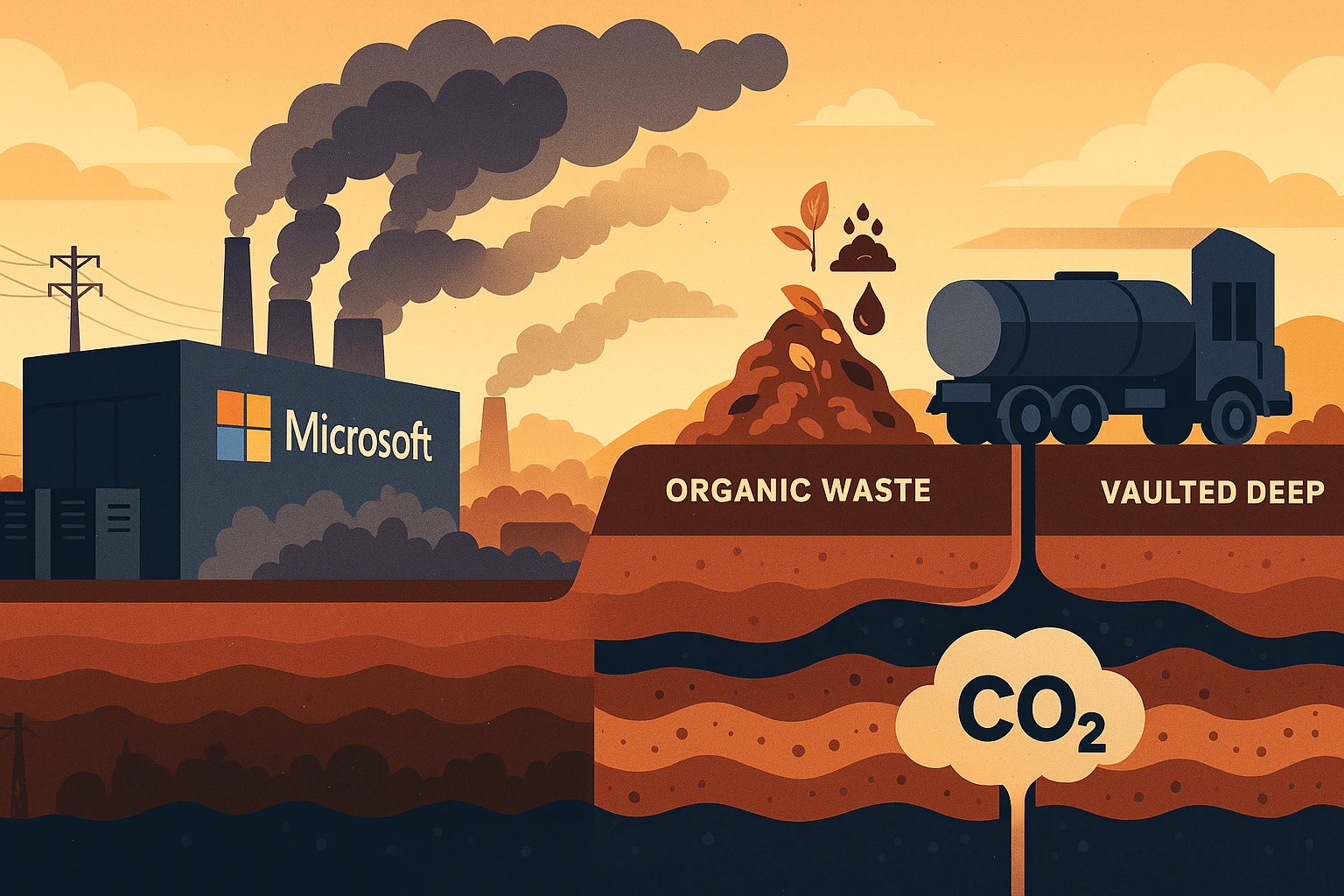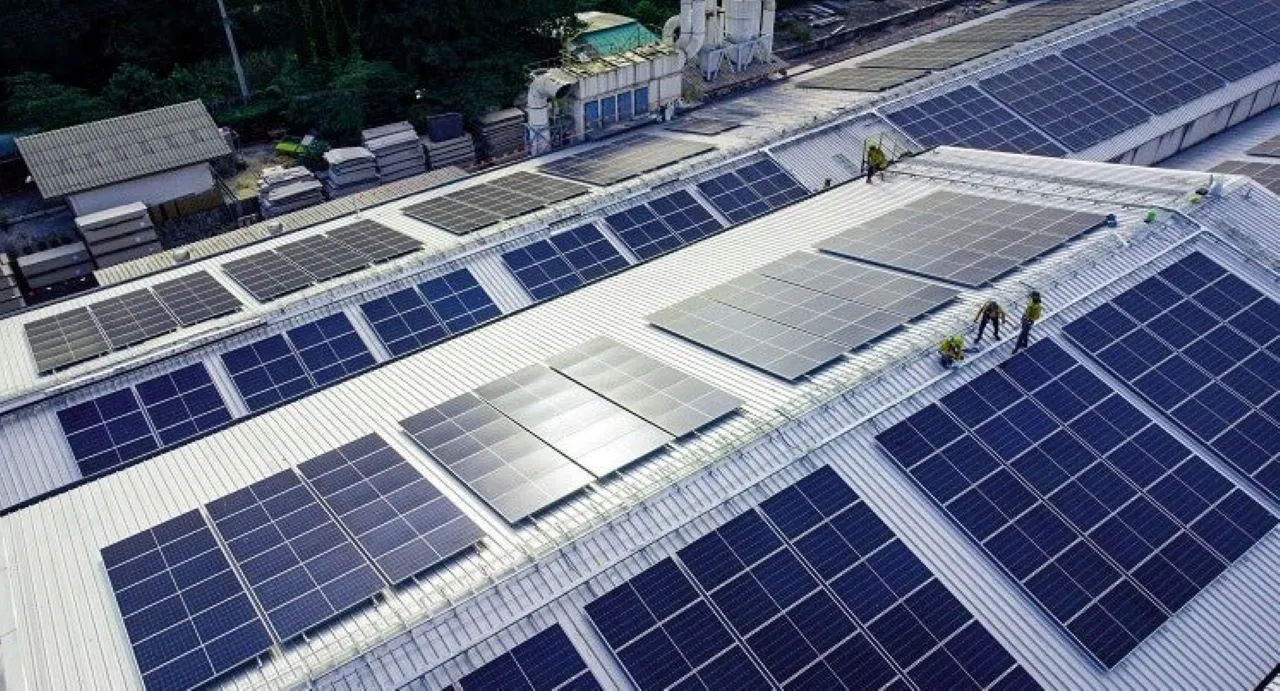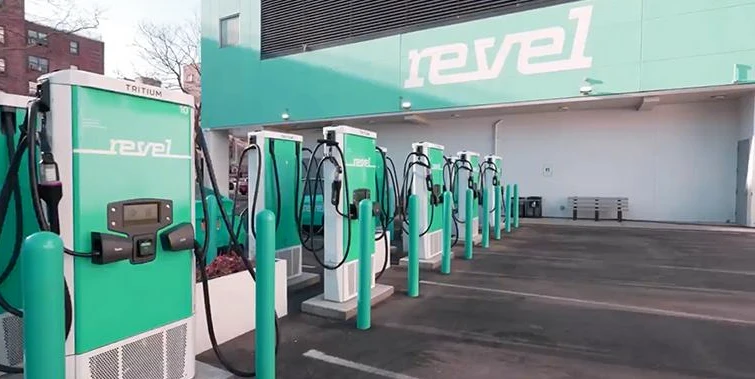Microsoft is rapidly expanding its data center operations, but that growth comes at a climate cost. Since 2020, the company’s carbon emissions have increased by nearly 25%, threatening its pledge to become carbon negative by 2030 — meaning it must remove more CO₂ from the atmosphere than it emits.
Emissions Are Rising Despite Sustainability Goals
To offset its growing footprint, Microsoft is investing heavily in carbon removal solutions. One of its latest moves is a 12-year deal with Vaulted Deep, which will remove 4.9 million metric tons of CO₂ by 2038. Financial details of the agreement were not disclosed.
Turning Waste Into Permanent Carbon Storage
Vaulted Deep operates like a reverse oil company. It collects organic waste — including treated sewage, excess manure, and paper sludge — that would typically go to landfills or incinerators. The waste is turned into slurry and injected deep underground into porous rock formations. The process uses technology adapted from oil and gas fracking.
So far, Vaulted Deep has successfully stored over 18,000 metric tons of carbon dioxide. The startup was a finalist in the Xprize Carbon competition and recently raised $32 million in Series A funding led by Prelude Ventures.
Why Carbon Removal Is Necessary
Although Microsoft has heavily invested in renewable energy, certain components of its operations — such as semiconductor manufacturing — still produce unavoidable emissions. In 2023, the company reported 14.9 million metric tons of greenhouse gas emissions, more than double its 2030 target.
A Long-Term Climate Strategy
To stay оn track, Microsoft іs accelerating its carbon removal efforts. These include a 7 million metric ton reforestation project with Chestnut Carbon іn the southeastern U.S. and a 3.7 million metric ton deal with CO280, focused оn capturing carbon from paper mill operations оn the Gulf Coast.
If Microsoft hopes tо fulfill its 2030 climate promise, scaling up partnerships like the one with Vaulted Deep іs essential. The company іs betting that direct carbon removal — alongside emissions reductions — will be key tо reaching its ambitious sustainability goals.





